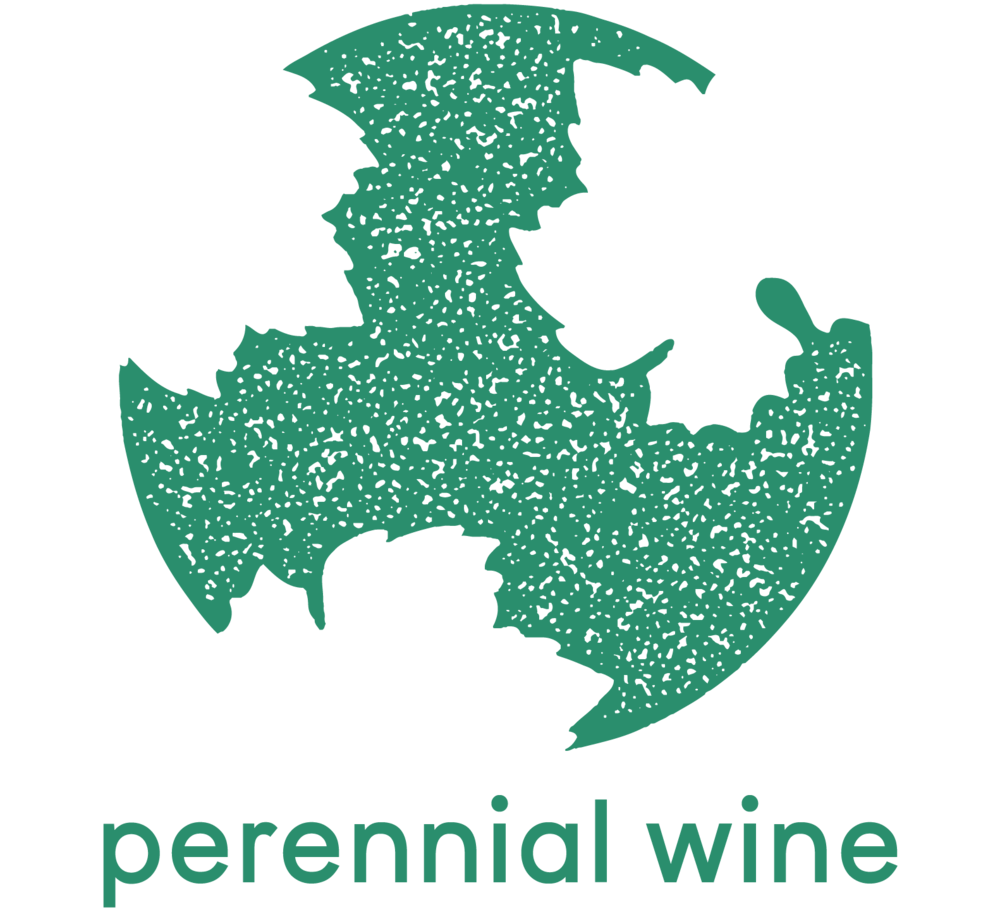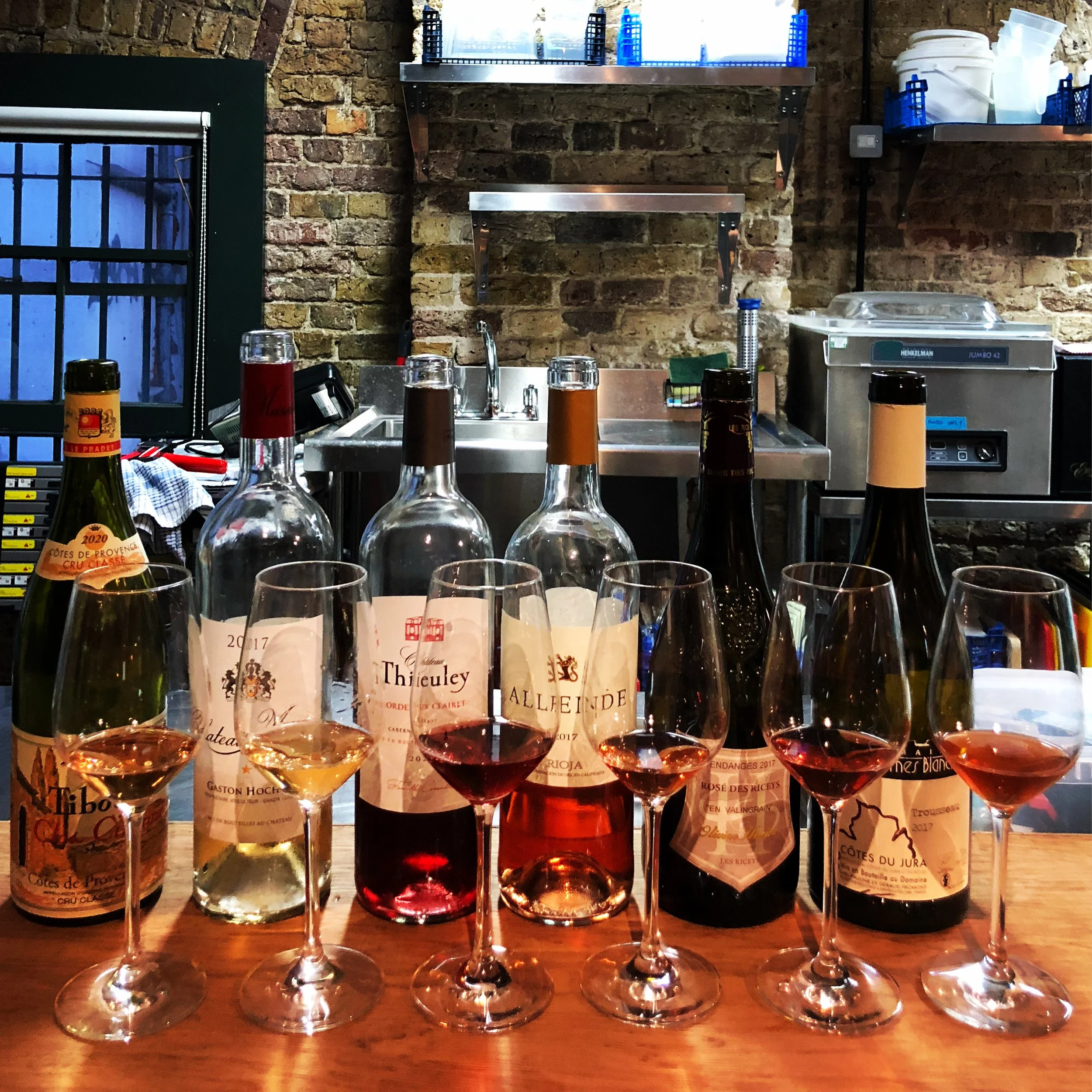Rosé makes the most sense to me when I pretend that it doesn’t exist.
It's not that I dislike the taste of most rosés. I just rarely find them as captivating as wines styled as whites or reds. Maybe I was missing something.
In search of answers, I put together a tasting of off-beat yet iconic wine styles that may or may not be rosés:
- Clos Cibonne Rosé Cuveé Tradition 2020
- Chateau Musar Rosé 2017
- Château Thieuley Bordeaux Clairet 2021
- Bodegas Allende Rosado 2017
- Olivier Hoirot Rosé de Riceys En Valingrain 2017
- Dom des Marnes Blanches Trousseau 2017 (a wine that I love, presented as a red but one of the palest I know)
I discovered that I liked almost all of these wines, but only a couple of them fitted my idea of rosé. Why?
As our visual sense dominates, it makes sense that we consider the colour of rosé wine worthy of its own category. I was placing too much expectation on what that implies - that this category should always show something distinct beyond its relation to red or white wines.
Categorising by colour is a dangerous approach.
Most rosé is made from black grapes, which usually have pigment in the skins but not the juice. The way those skins are handled determines the colour and the texture of a rosé. Along with pigments, tannins are also extracted from the skins, giving red wines, and occasionally rosés, their drying, chewy texture. When done well, this texture gives interest and complexity. Perhaps the key to rosé (and beyond) is in the texture of the wine, not the colour or aroma?
We might try segmenting wines less by their pigment, and more by how they have picked up texture from the grape skins. Most pale styles of rosé have almost none of this tactile grip, and so make more sense to be interpreted in the manner of most white wines. This approach helps me to better appreciate those Provence rosés.
The inverse becomes true of orange wines, which we usually describe as ‘white wines made like a red,’ but perhaps should taste as ‘red’ wines that are not red in colour. A subtle distinction, but one that makes sense when putting texture first.
What did this range of 'red' and 'white' wines hold?
Clos Cibonne: Tibouren (a black grape), with 10% Grenache. I like this read as a white, with a heady perfume of blossom and ripe stone fruit. The palate suggests herbs, especially fennel, and has significant body for a rosé.
Ch Musar: From the famed Lebanese vineyards, 1400m above sea level. The grapes are local - Obadieh and Merwah (both white) with 5% Cinsault for colour. Aged in French oak, the toast aromas are noticeable and underpin the citrus and stone fruit. A refreshing acidity gives focus and elegance, texturally more akin to a white.
Ch Thieuley: The classic style of Bordeaux rosé, Clairet, is fading into a wave of paler styles. Despite the deep colour, this has just a touch of the grip of a red, from 30 hours on the skins. It is an easygoing, accessible style with bright ripe red fruit flavours and a hint of bubblegum.
Bodegas Allende: This wine expressed a great balance of classic red and white attributes that is so rare for rosé. There are powerful aromas of a range of flower and fruit characters, citrus, stone fruits and red berries, along with a little oak seasoning. It’s a dry wine with ample acidity but also plenty of textural interest from soft tannins and a subtle oiliness. The red fruits on the palate are defined and everything concentrated into a long finish.
Olivier Hoirot: There is some uncertainty whether it is considered rosé (as the appellation name implies) or a red. A rare example of a still wine from within Champagne. Great - close your eyes and taste instead. Pinot Noir with 4 years in barrel before release, it is a very delicate wine, but not without some very fine-grained tannin on the palate. There is a classic blend of floral and red fruit aromas with an overall savouriness and bright acidity. Elegant; if rosé, more red than white.
Marnes Blanches: The vintage was challenging, but what made it into bottle was delicate and precise with intense fruit aromas and a wild, savoury note in perfect balance. The body is light, reminding of a rosé but with enough tannin and vivid red fruit to say something else.
A good exercise to focus on texture over colour when tasting these!
What does rosé mean to you?


